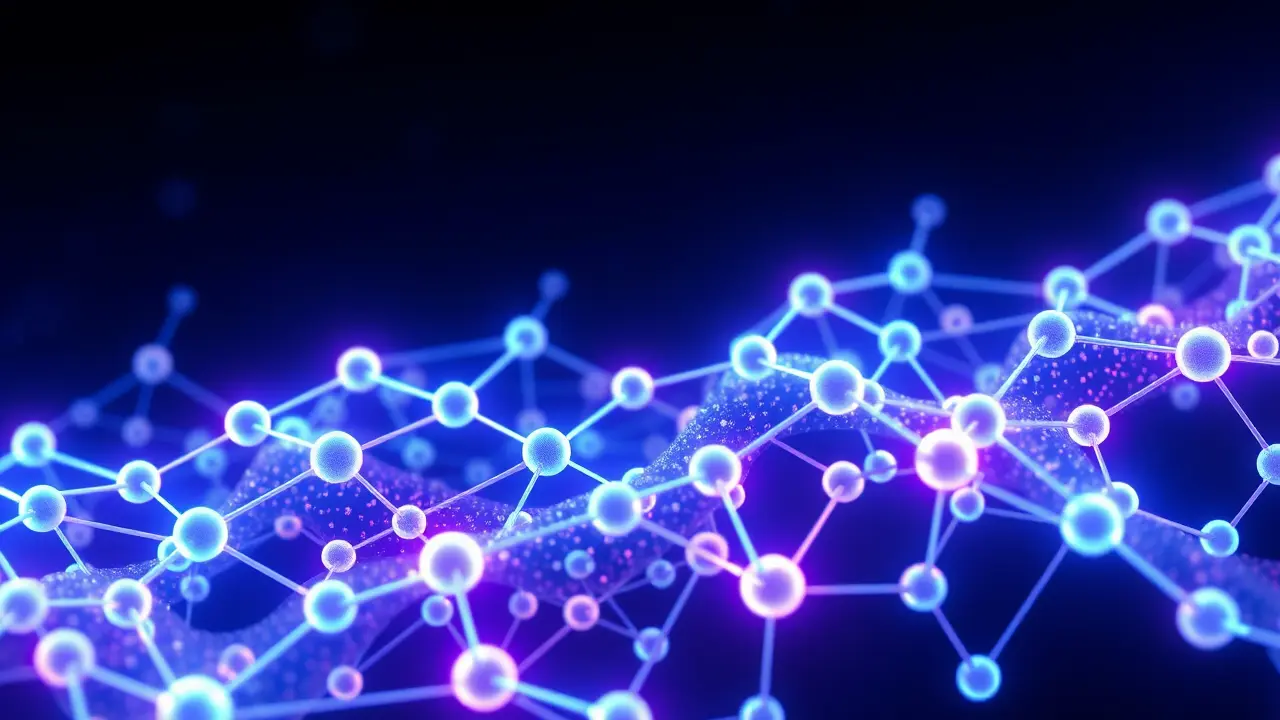
SciencechemistryGreen Chemistry
This artificial leaf turns pollution into power
KE
Kevin White
19 hours ago7 min read
In a development that feels like it's been pulled from the next chapter of a science fiction novel, a team of Cambridge researchers has engineered a solar-powered 'artificial leaf' that doesn't just mimic photosynthesis—it refines it for the industrial age. This isn't merely a lab curiosity; it's a biohybrid device, a sophisticated marriage of organic semiconductors and precision enzymes, engineered to perform a kind of technological alchemy.It takes two of our era's most pressing inputs—the atmospheric pollutant carbon dioxide and abundant sunlight—and converts them with startling efficiency into formate, a valuable chemical feedstock. Think of it less as a leaf and more as a self-contained, solar-powered chemical factory, one that operates without the fossil fuel infrastructure that has underpinned the chemical industry for over a century.The implications are profound, reaching into the very DNA of how we manufacture the building blocks of modern life. This breakthrough sits at the thrilling convergence of synthetic biology and advanced materials science, a field I've long followed for its potential to rewrite the rules of medicine and environmental remediation.The Cambridge team's device moves beyond earlier, clunkier attempts at artificial photosynthesis, which often struggled with efficiency, stability, or relied on rare, expensive catalysts. By integrating biological components like enzymes with state-of-the-art organic electronics, they've created a system that is not only highly efficient but also durable and, critically, non-toxic.The production of formate is a strategic masterstroke. This compound is a workhorse in the industrial world, used in everything from preserving livestock feed to tanning leather and, increasingly, as a potential energy carrier for hydrogen storage.By creating a pathway to produce it sustainably, this technology directly attacks the carbon footprint of multiple supply chains simultaneously. It’s a platform, and one can easily envision future iterations where different enzyme suites are swapped in to produce pharmaceuticals, biodegradable plastics, or other high-value compounds directly from the air.The road from laboratory prototype to global industrial application is, of course, long and paved with engineering challenges—scaling up production, ensuring long-term stability in variable real-world conditions, and integrating this decentralized production model into existing economic frameworks. But the direction is unmistakable.This isn't just an incremental improvement; it's a foundational shift towards a circular carbon economy, where waste becomes a resource and production is powered by the sun. It represents the kind of futuristic, precise bio-engineering that promises to redefine our relationship with the planet and launch a new era of green chemistry.
#featured
#artificial leaf
#photosynthesis
#formate
#solar power
#CO2 conversion
#sustainable chemicals
#biohybrid device
Stay Informed. Act Smarter.
Get weekly highlights, major headlines, and expert insights — then put your knowledge to work in our live prediction markets.
Related News
© 2025 Outpoll Service LTD. All rights reserved.


